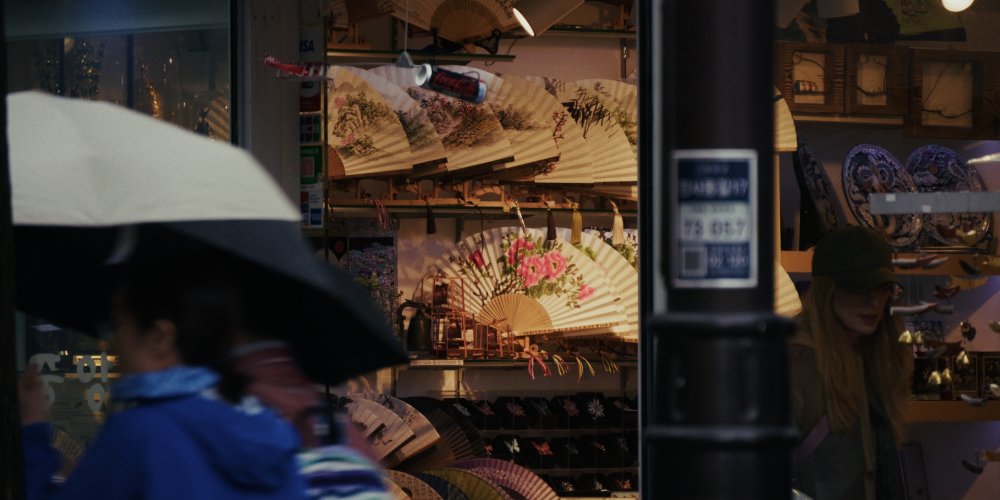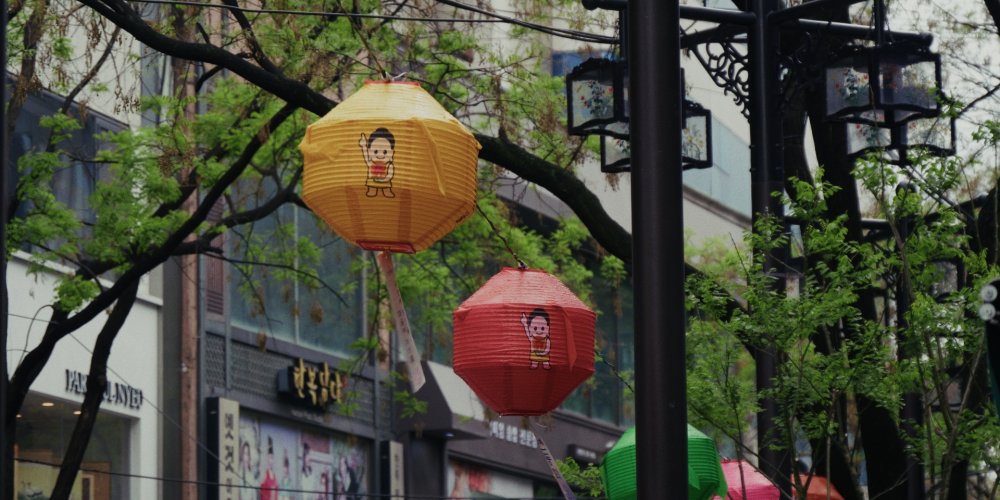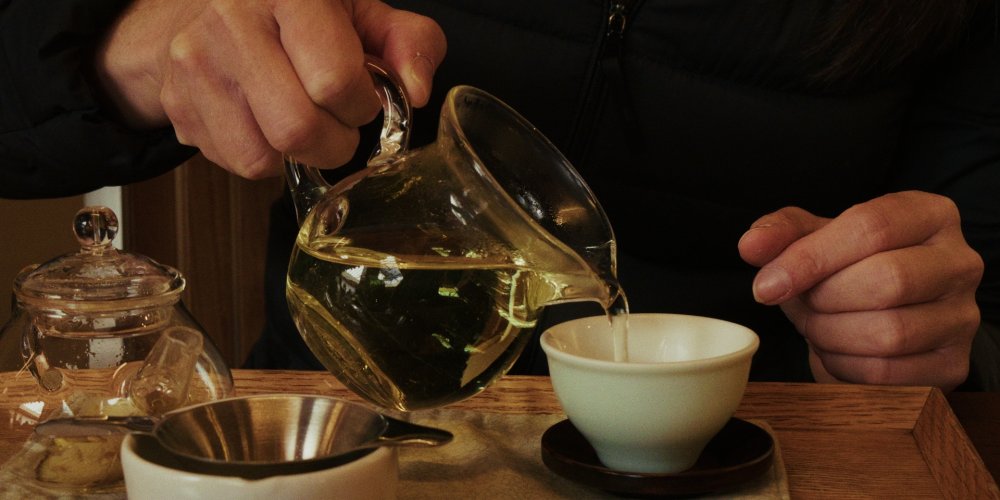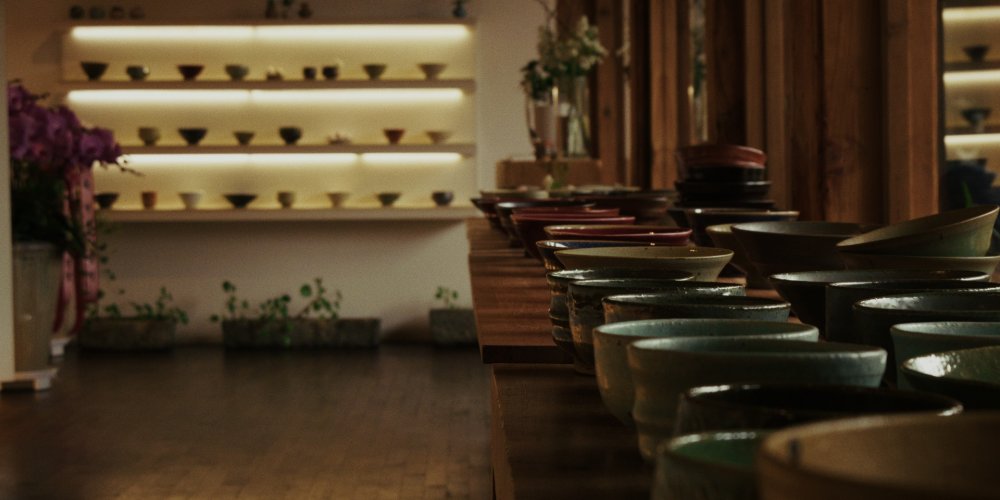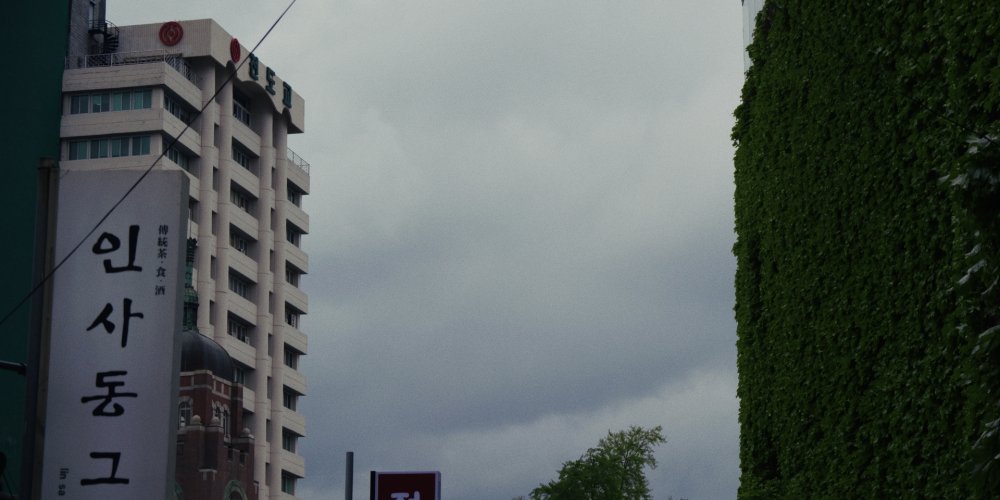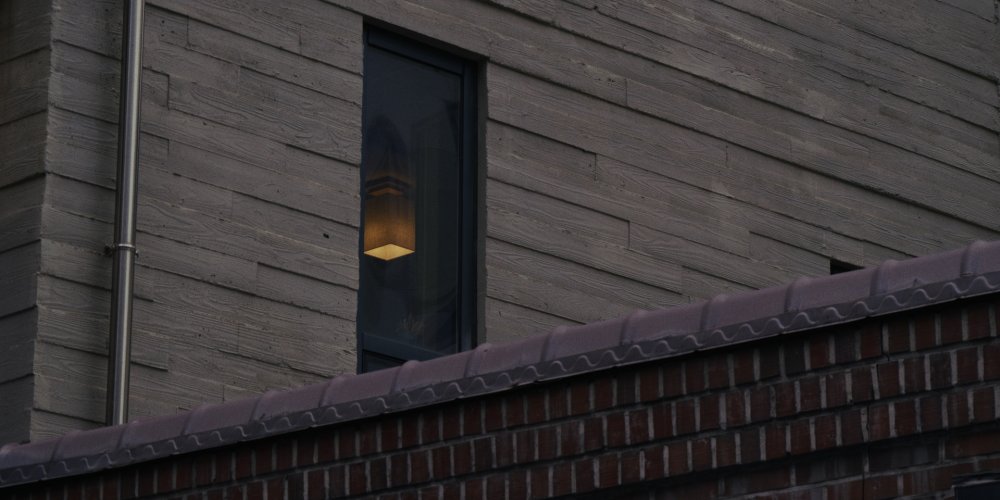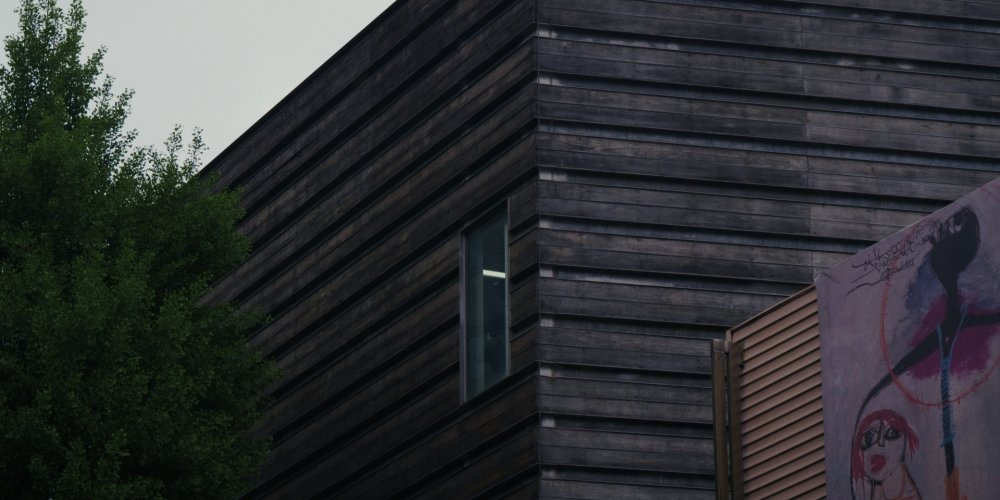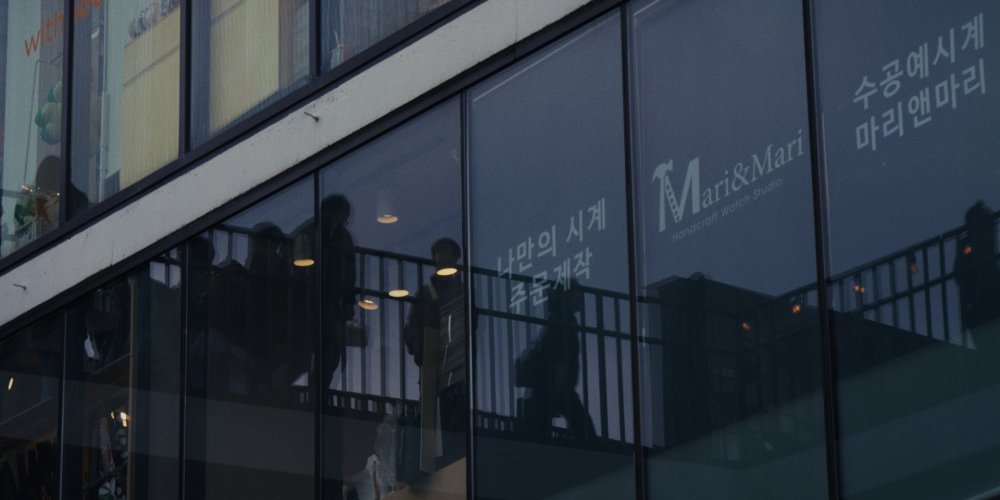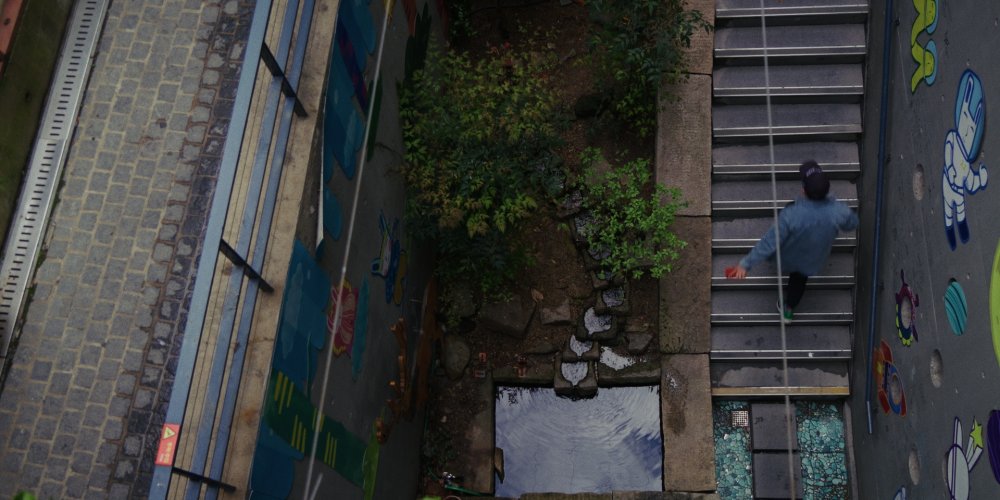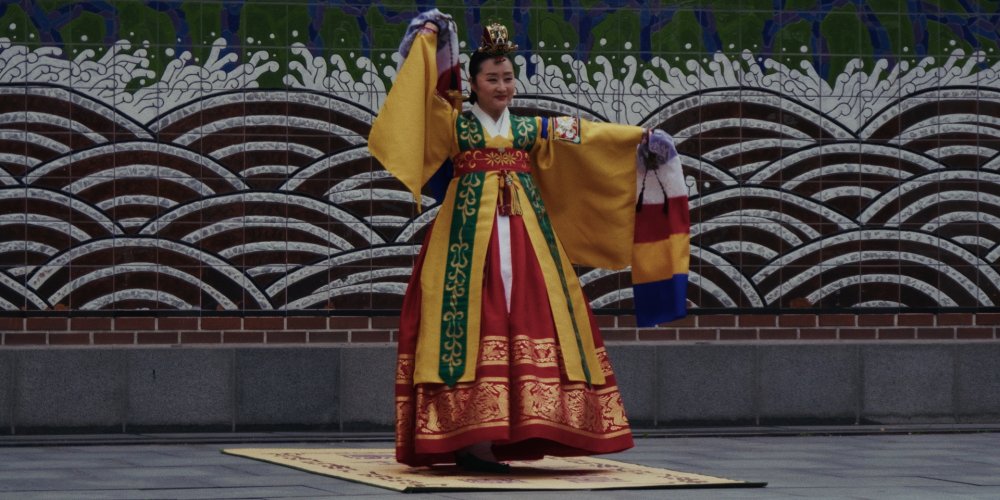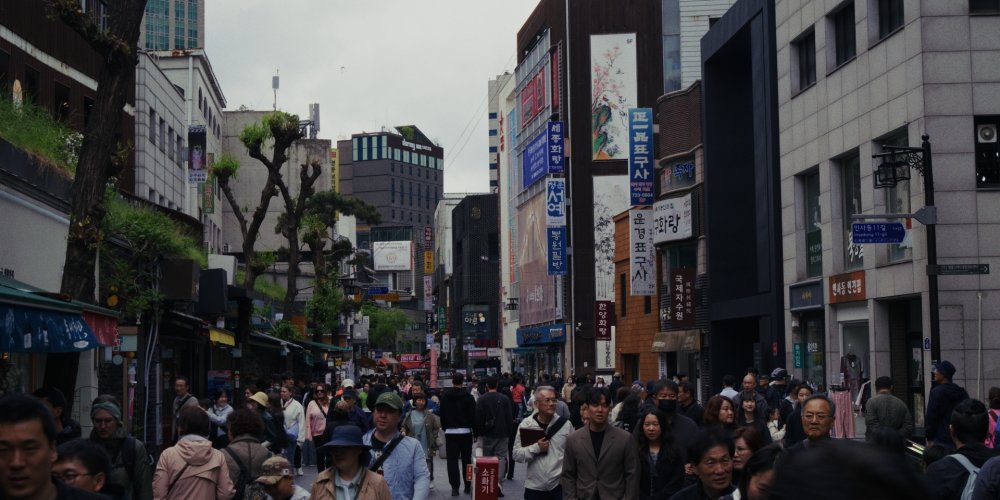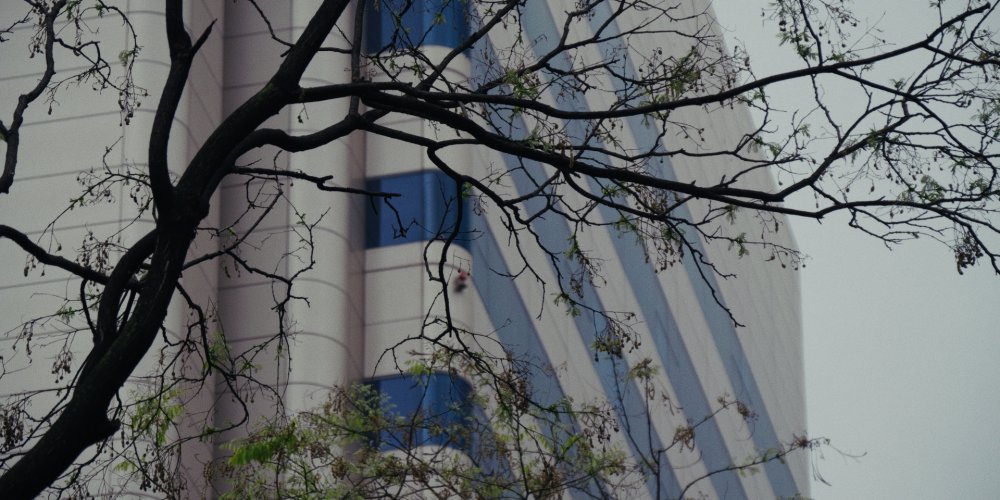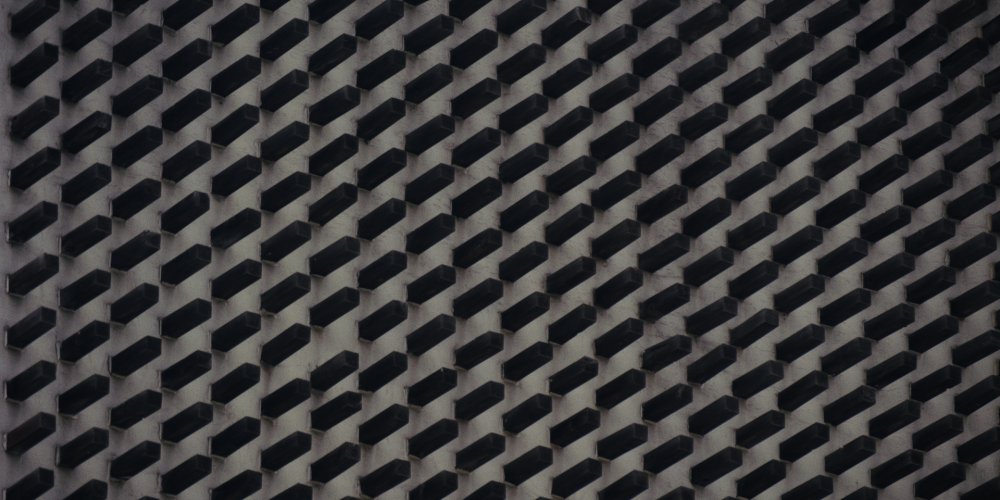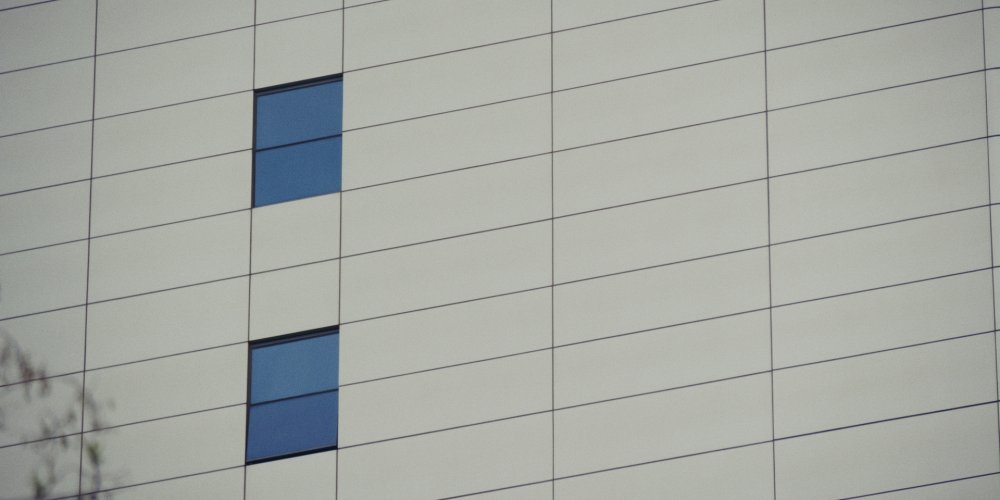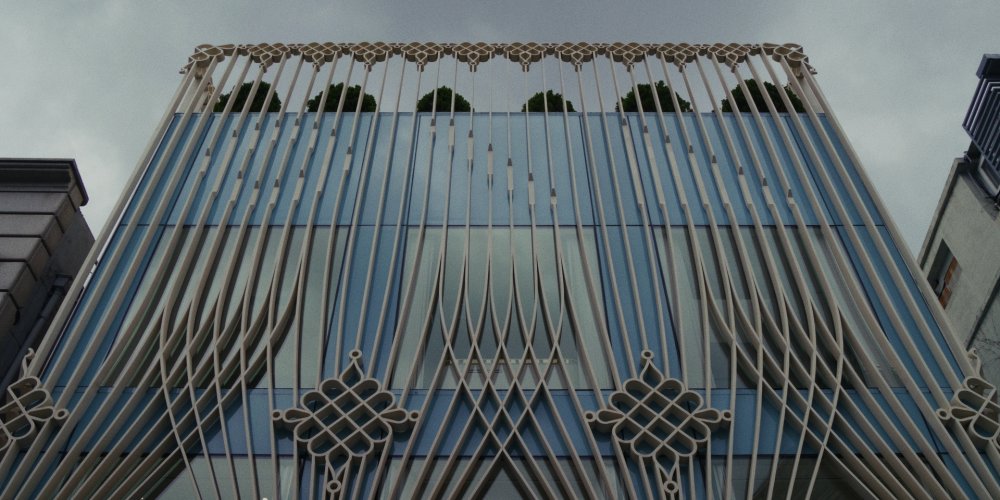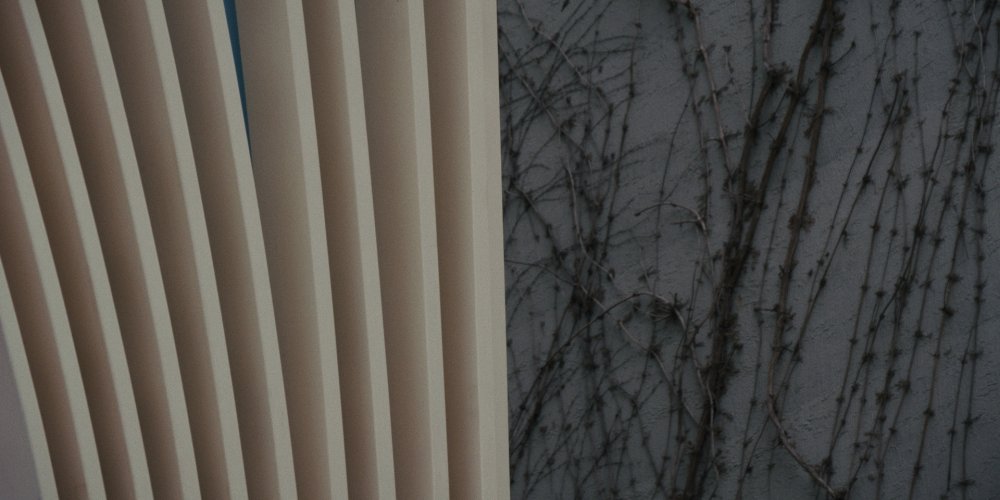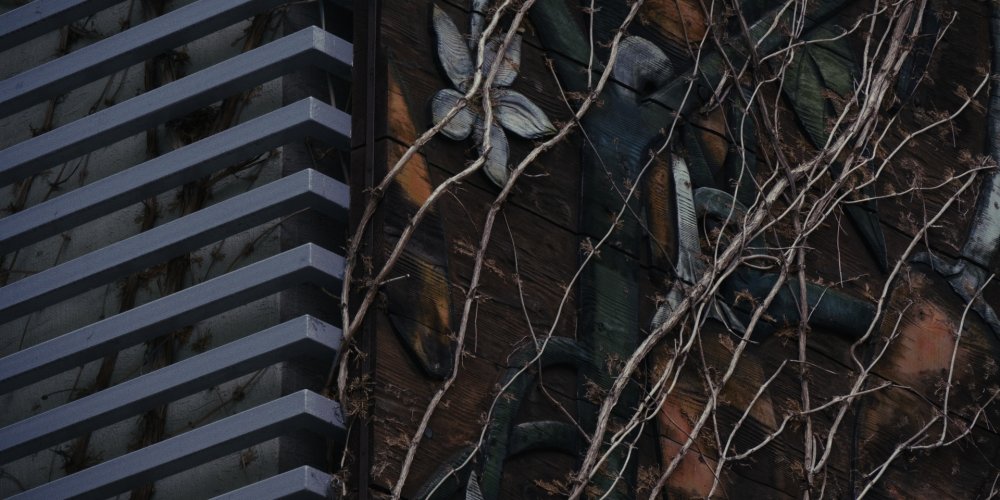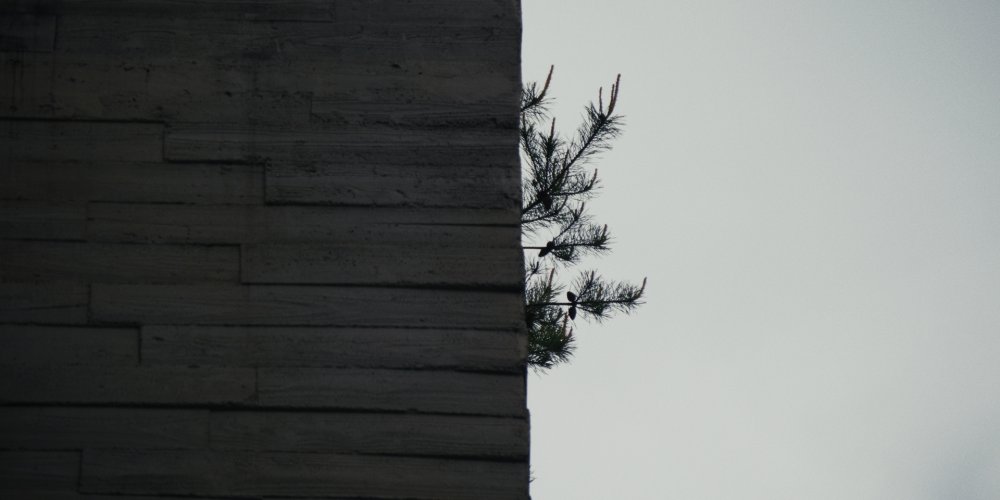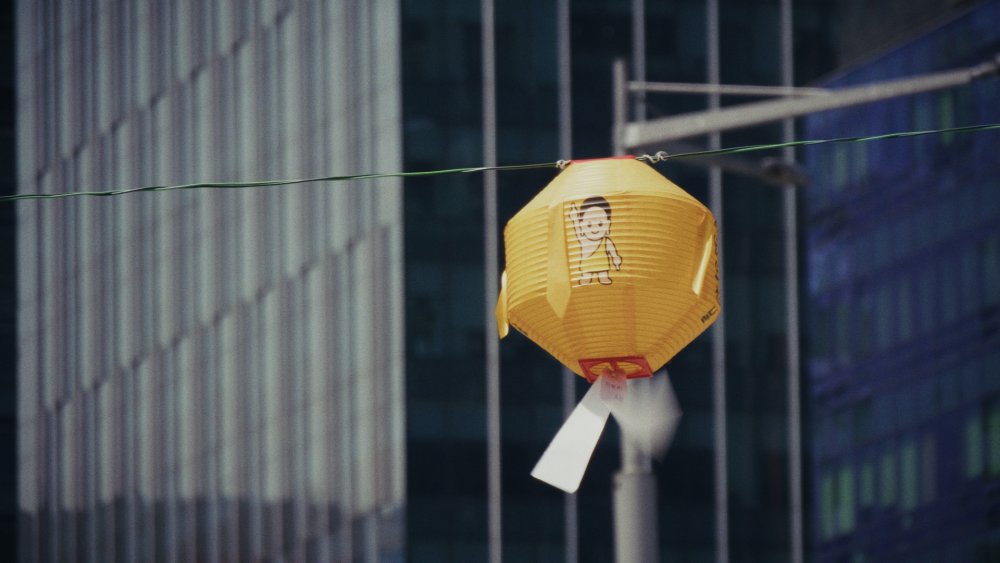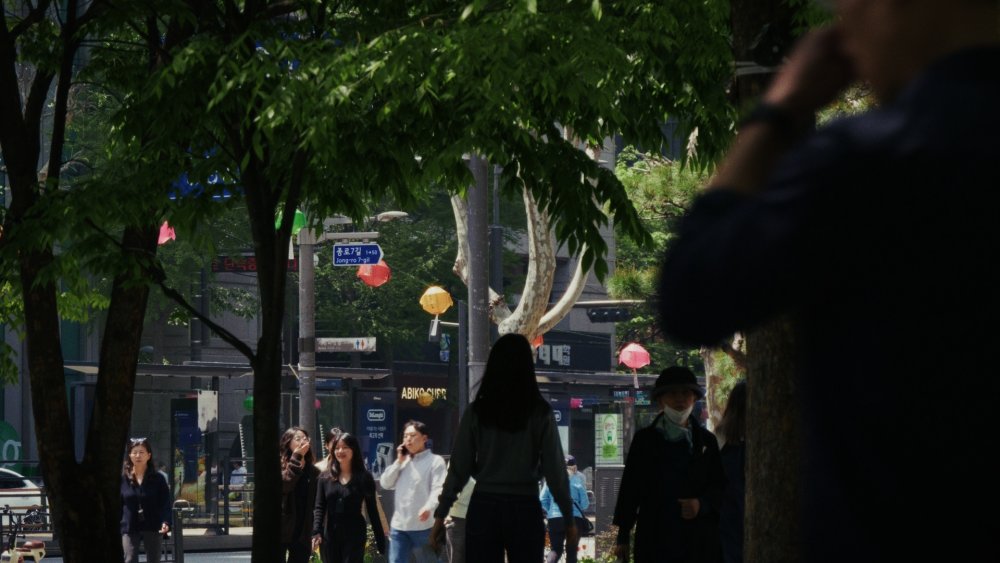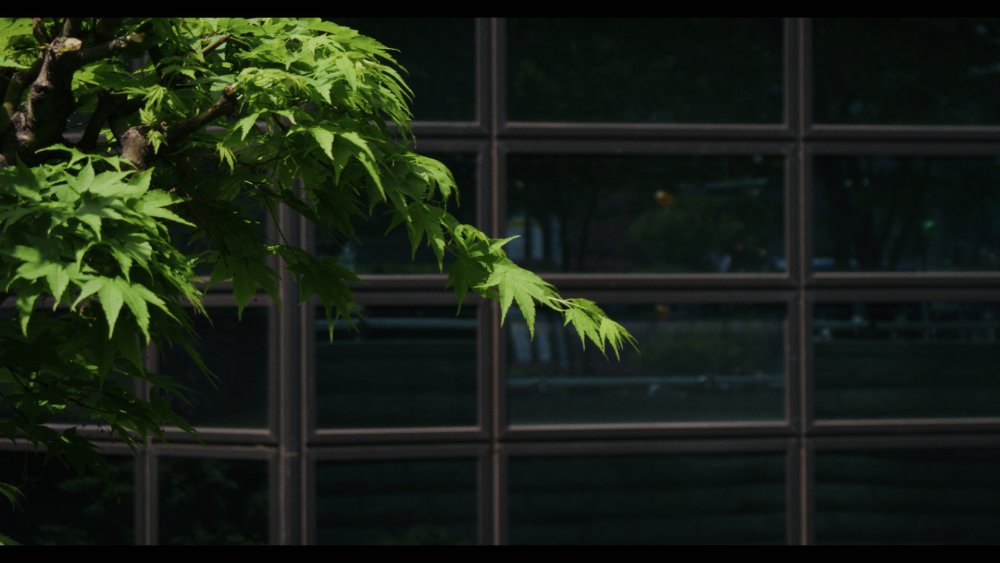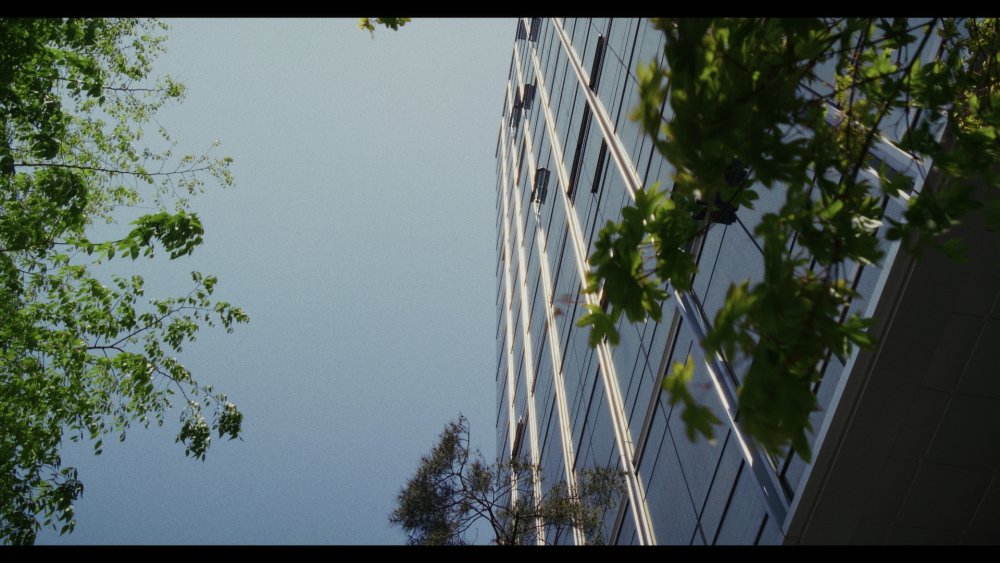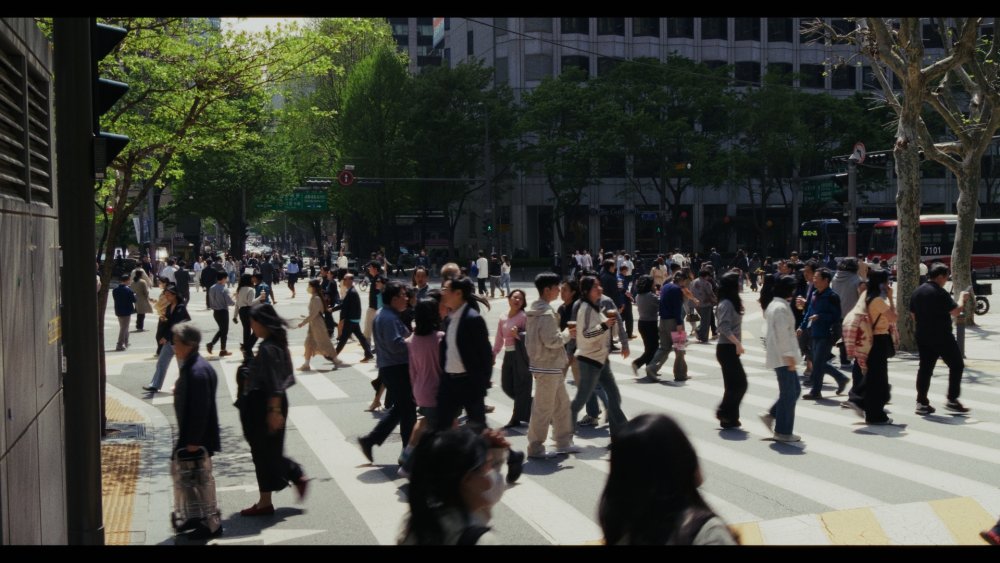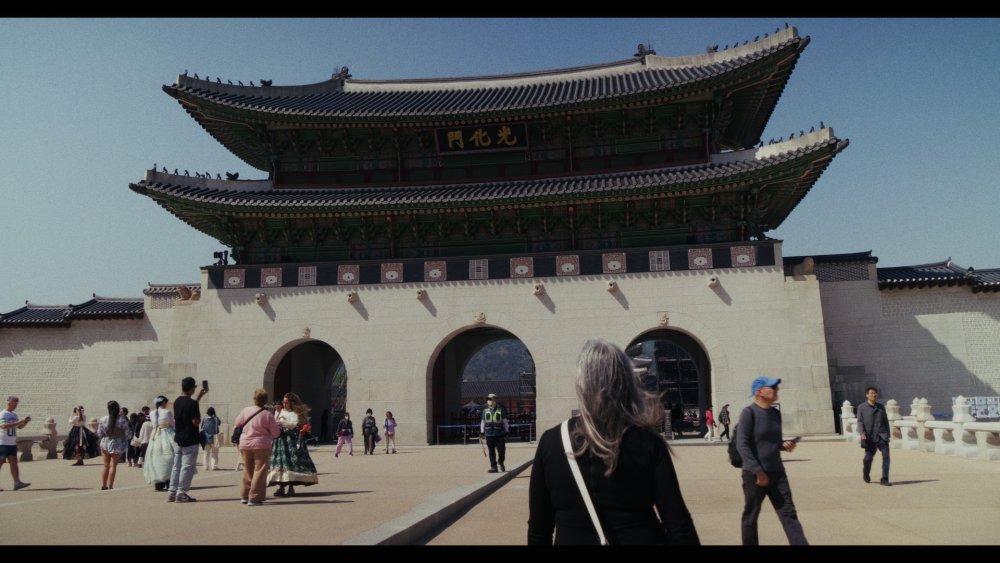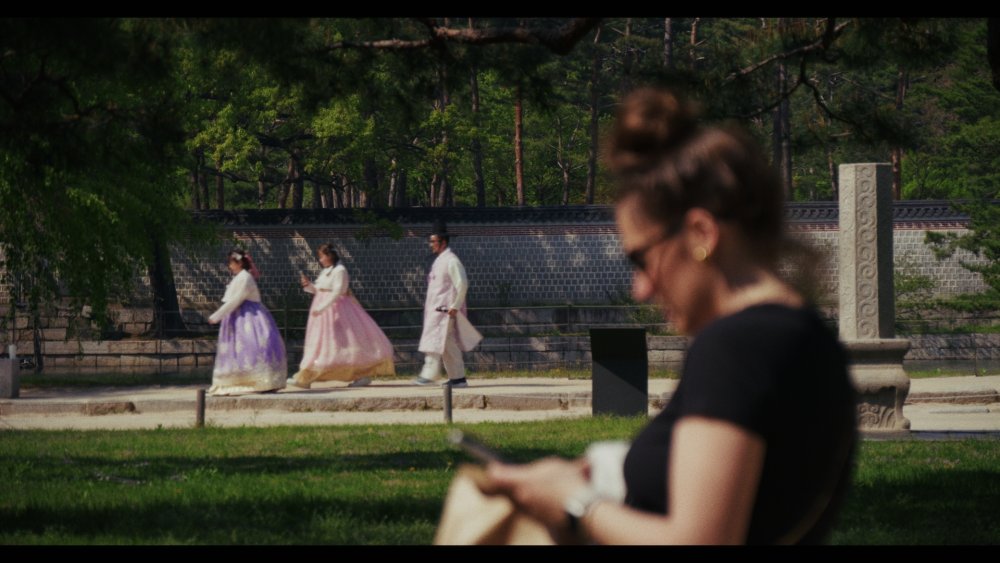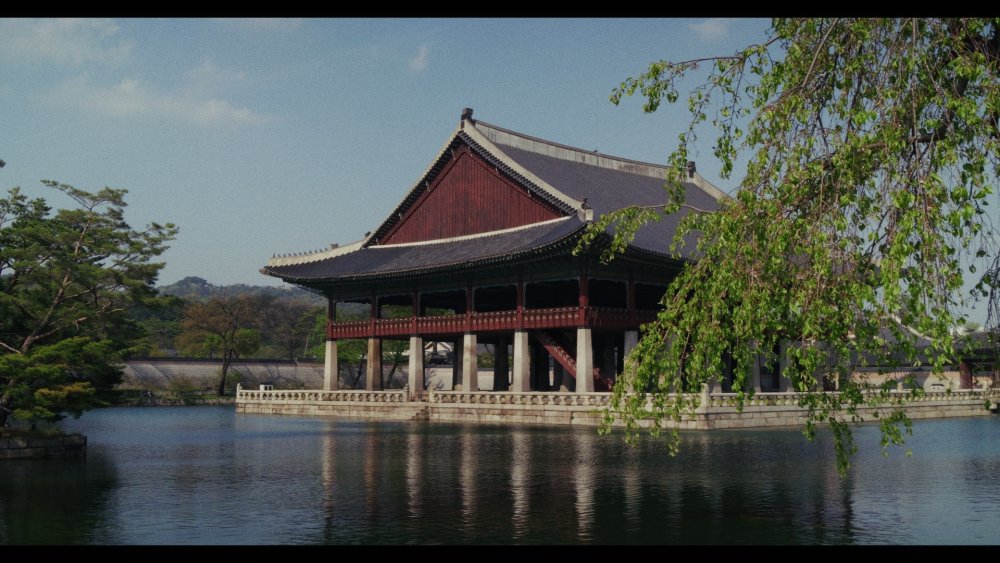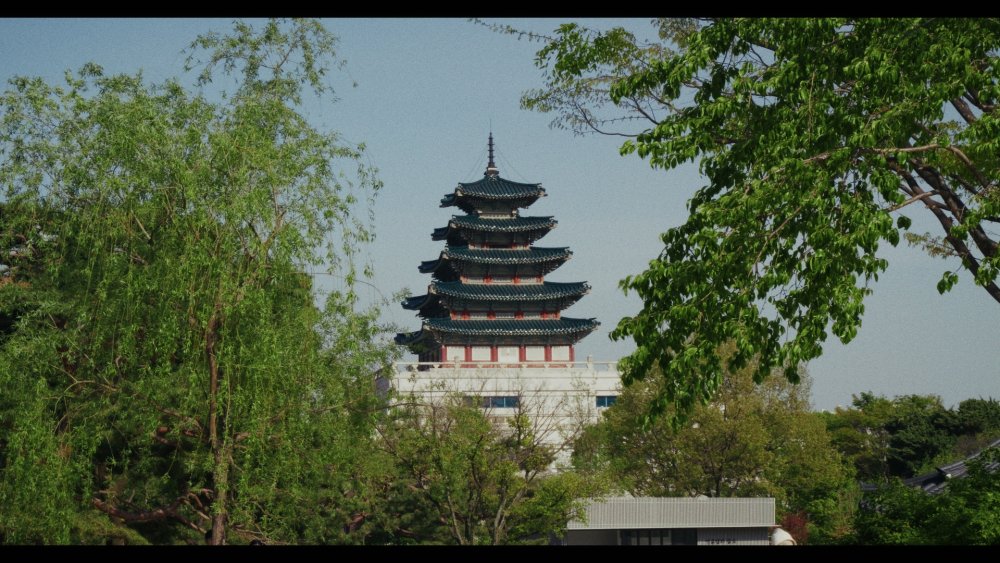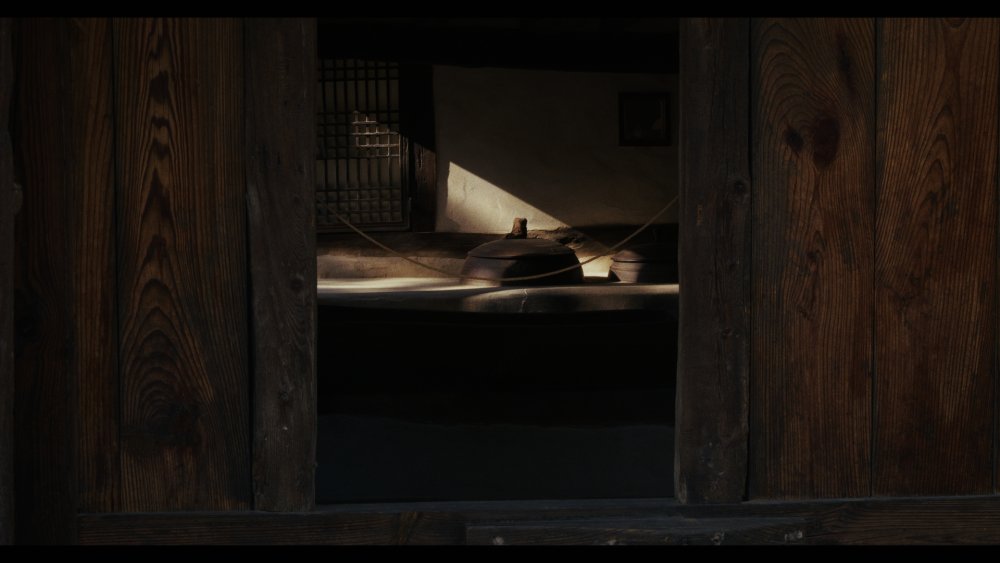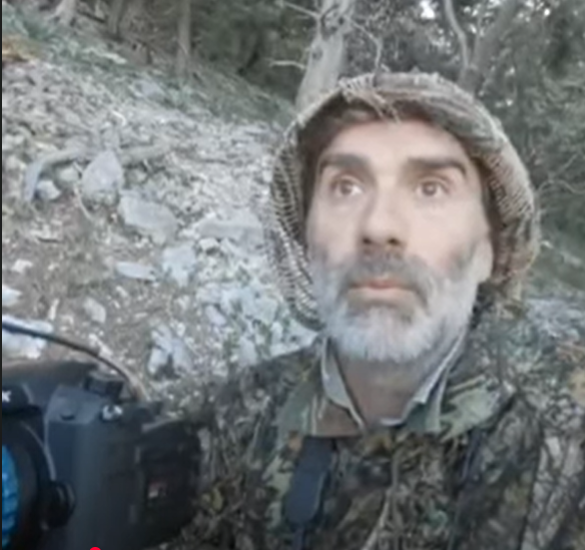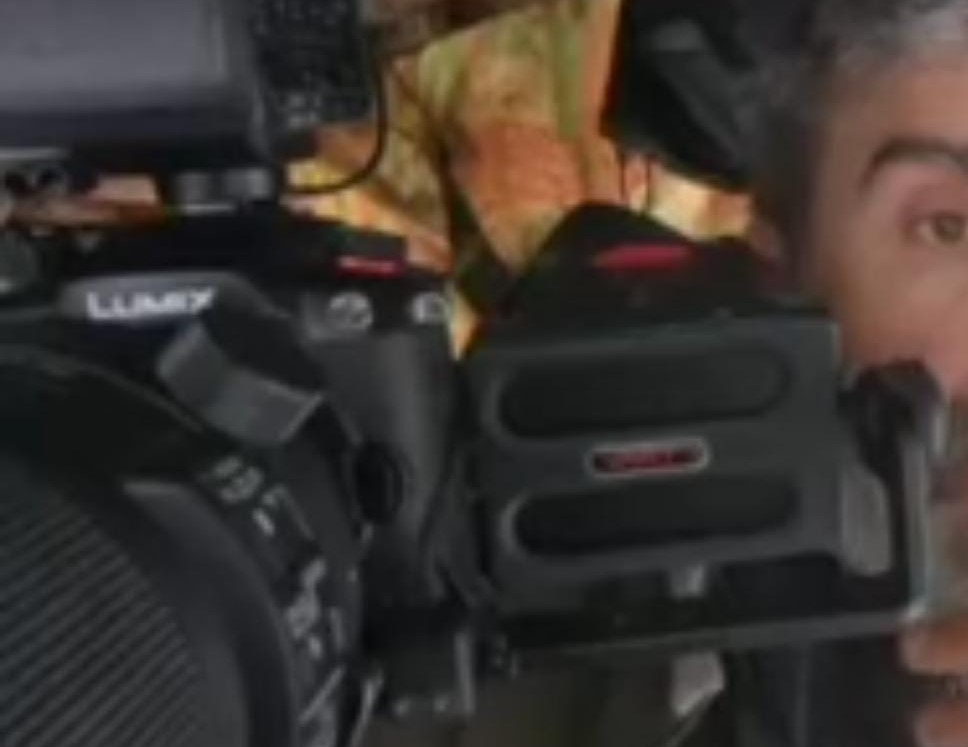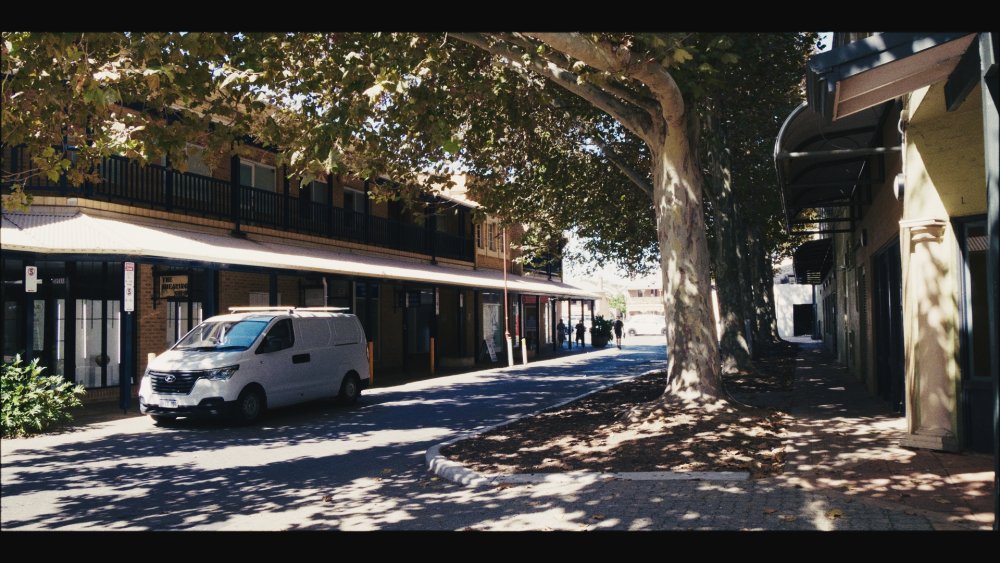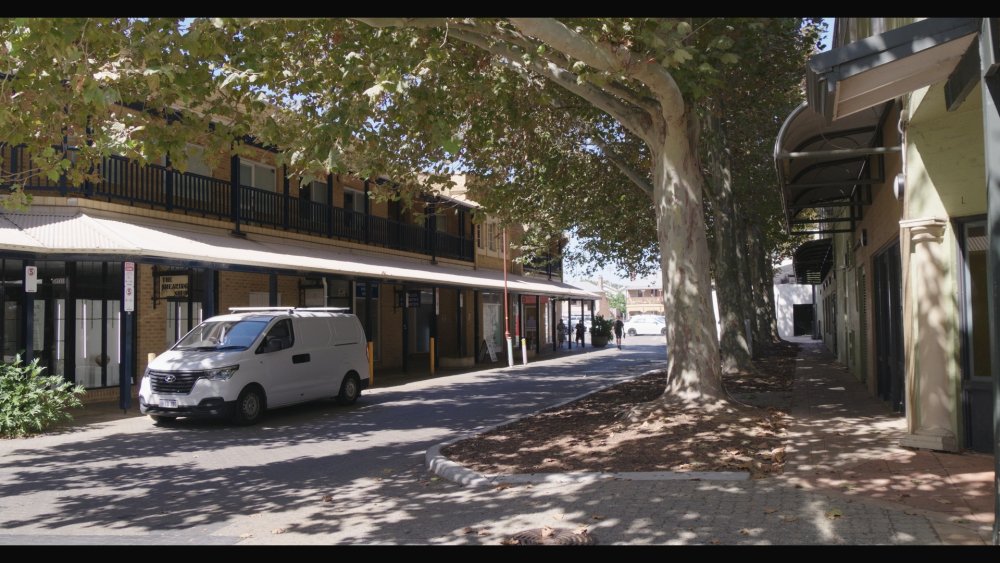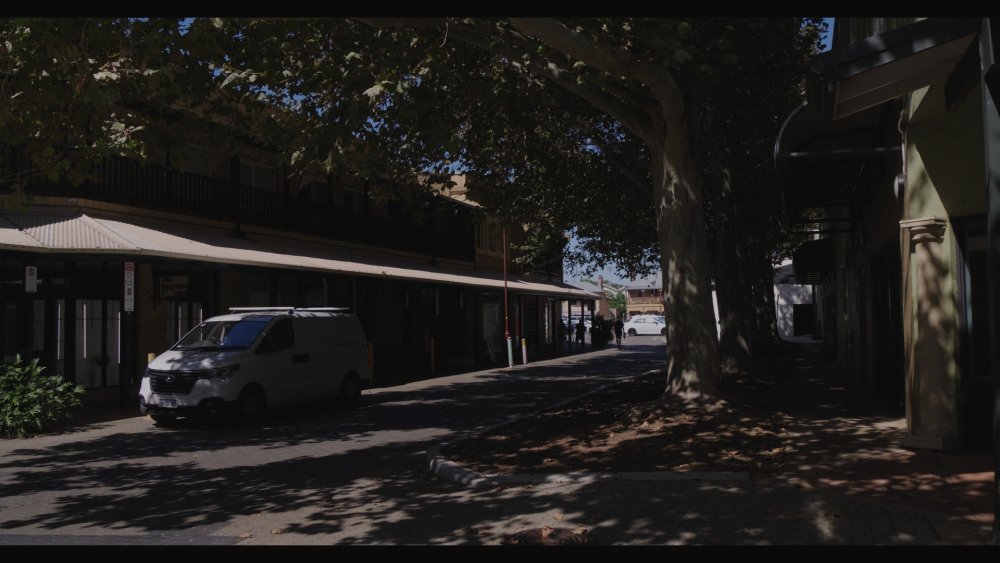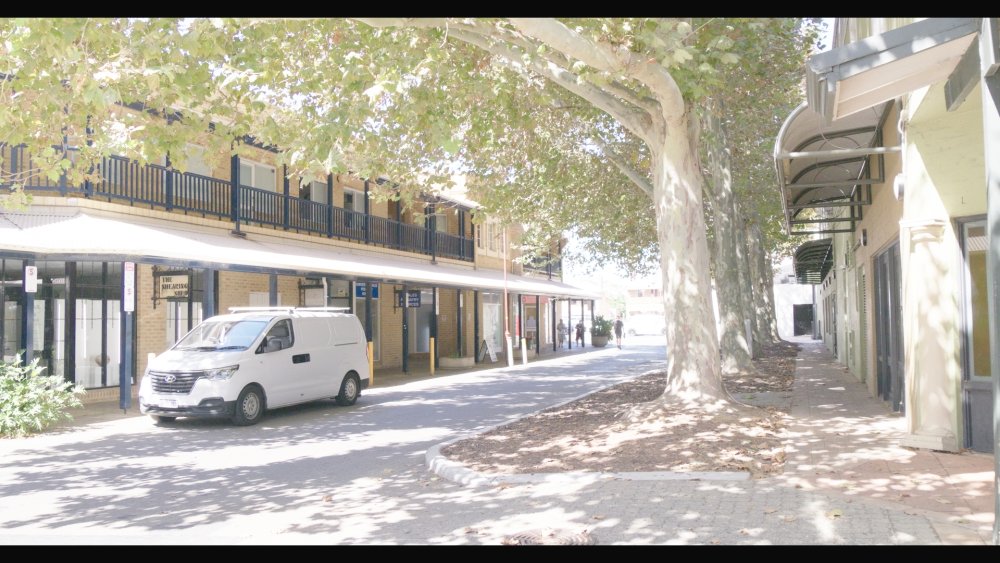Leaderboard
Popular Content
Showing content with the highest reputation on 05/05/2025 in all areas
-
I don’t really agree with “if you can’t beat them, join them” attitude to stuff like this. Being a right wing imbecile is very much on the rise but it doesn’t mean we should just fall into line with it. AI should be used for taking away mundanity like doing the dishes and laundry from our lives to free us up to do the fun and creative stuff not steal that from us. I’ve got admiration for whoever’s work was used to “train” this but only contempt for those who are facilitating and grifting on the blatant theft of original work. Do you not see that these tools that you are espousing will only make that situation immeasurably worse ? This will literally give these people the ability to say “yeah just make that last one again with a slight variation and set in a different location” and churn this shit out even faster and with waaayyyy more profitability than they do now ?2 points
-
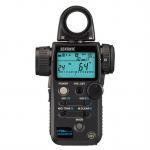
Our "ally" in the USA just bazooka'd the UK film industry
Andrew Reid and one other reacted to Emanuel for a topic
That guy either lives in another world and time, or he makes us all feel like we do.2 points -
Some shots from a few days ago in Insadong. This area was very crowded and I did grab a range of normal shots at street-level, but the ones looking up were of particular interest to me due to the variety of architecture in the area. For reference, this is what most angles at street-level looked like: I have been recording a number of themes while out and about. The first are the 'normal' street scenes taken mostly at ground level. The second is views from the hotel window, which I posted earlier. The third is looking up. The tall buildings here (with its ~25M population in the metro area) are seemingly unending, in variety, size, and number. Some are deeply creative and stylish, some are featureless and faceless and nameless. A good subject to include if trying to capture a sense of the place. Here are a few shots looking up. Like all things here, it's about contrasts, and often the vegetation contrasts beautifully with the buildings so I've leaned into capturing compositions including both. These were all taken on the same day as the above shots.2 points
-
Read that a few times about the S5ii and hoping for a better low light camera. My thoughts to that are 😂 and 🥱2 points
-

Fav AI outcome out there...
filmmakereu reacted to Emanuel for a topic
Here is an impressive series of snacks: https://www.youtube.com/@CommonHub/videos In this case, MidJourney, Runway ML e ElevenLabs have been used according to the sources found:1 point -

Our "ally" in the USA just bazooka'd the UK film industry
tigerbengal reacted to Andrew Reid for a topic
100% tariffs on American films which aren't all shot in the US. 100% tariffs on all foreign imports and Netflix production. https://www.bbc.co.uk/news/articles/cz01kx3yrmvo https://news.sky.com/story/donald-trump-announces-100-tariff-on-non-us-movies-as-film-industry-dying-13362069 Proper details sketchy but looks bad. But all par for the course when your public votes for a thuggish fascist dictator.1 point -
Does this mean that those specialist art films his wife made back in the old country will now have a 100% tariff ?1 point
-

Our "ally" in the USA just bazooka'd the UK film industry
eatstoomuchjam reacted to Andrew Reid for a topic
It's absolutely unhinged isn't it?1 point -
Our "ally" in the USA just bazooka'd the UK film industry
eatstoomuchjam reacted to KnightsFan for a topic
Do you think it applies to ad revenue collected from YouTube videos shot in another country? What about ad revenue from ads shot in other countries? Does Google pay the tariff on their ads, or does the advertiser pay it when they sell a product? Do you think it's about what is in the shot, or camera placement? Ie if I stand on the US side and film something across the border, is it a US shot or not? What if I place a giant mirror across the border and film it, giving the exact perspective of the camera being placed on the other side? Well Canada is the 51st state, so no tax. Obviously.1 point -
Our "ally" in the USA just bazooka'd the UK film industry
ArashM reacted to eatstoomuchjam for a topic
There's been some discussion on this here today. The main takeaway is that nobody even understands what it means. How in the fuck can you put a tariff on a film? It doesn't even make sense. And what is a "foreign import?" If I drive across the border to Canada, shoot 3 minutes of footage, and add it to a 90-minute film that was otherwise shot and edited in the US, what's taxed? FWIW, it also would be a torpedo to the Canadian industry - and I suspect the tariffs were partly driven by spite at Canada for voting so strongly against his agenda. Anyway, the major studios are going to hate this. Aside from reducing costs by producing abroad, if other countries retaliate in kind, International returns on films are going to crater - and that's a huge percentage of their profits.1 point -
As long as colours look shitty enough, everbody seems to be happy.😊 A lot of youtube footage from the current 10bit and raw cameras makes CineD on the Gh4 look like from a grand era of color science. I really loved the colors from your Bmmcc footage and I liked them better than GH7. @kye I've only liked the color from half a hand full of GH6/7 videos, one of them with high production values by Olan Collardy. It seems to me like it's harder for a lot of people to treat log footage shot in natural light, coming from these modern hybrid cameras of the last five years. I like my og bmpcc much better than my Lumix S in that regard, same with stuff available on youtube.1 point
-
1 point
-
new camera purchase
maxJ4380 reacted to Clark Nikolai for a topic
I'm using an Ulanzi & Coman Zero Y tripod with a Leofoto BV-5 video fluid head. For shoulder mount I have a two-rod shoulder rig that has no brand name. I got it on Craigslist for $40. It's been good. I added a bracket to hold a monitor. I've never used a gimbal but a few years ago I was thinking of one. Now I'm more interested in "imperfect" camera movements. I use the stabilizing in Final Cut for tripod shots where there was some movement (from wind or whatever), I don't tend to stabilize the shoulder mount footage. I just use it as it is and just not use anything that's very shaky. Like tends to happen in all types of art, when "perfection" is easily attainable then imperfection becomes desirable.1 point -
I would suggest that it has enough DR, as would most current high-end cameras. Have you done any tests to work out how much DR you're actually dealing with? I'd suggest it's less than you'd think. It's trendy to complain about how cameras don't have enough DR and to continually call for more, and I have done this in the past as well, however I did it because I actually shoot scenes on a regular basis (backlit sunsets) and I was able to work out how much DR this required in real life (the BMPCC / BMMCC could just do it and the GH5 fell short) so I knew I needed around 11 stops. I would suggest that interview situations, even naturally lit, wouldn't require as much as literally having the sun in the frame, but it's very easy to run a test and find out. I did a latitude test on the GH7 in V-Log Prores and whatever wasn't clipped kept full quality, so with proper colour management was basically perfect.1 point
-
The only way for them to remedy the Z6iii sensor's flickering is using a better noise reduction. Its too late for a hardware tweak. Meanwhile I hope this rumor of Sony Semi becoming independent entity is true.1 point
-

Fav AI outcome out there...
filmmakereu reacted to Emanuel for a topic
Well, I understand and even second such input (how to not praise such resistent standpoint BTW?), for some reason you don't find in the title up there "My fav" but only "Fav"... let alone the expression "out there" too -- followed by those three dots aka ellipsis ; ) however, I think these tools are just arriving to stay, I guess whether we like it or not. We have to admit this development (not exactly a synonym of creation or the word 'art' would have been added) is impressive, no matter how sensible we are to the presence of this controversial level of arsenal. Can it be a PITA? Oh, in all likelihood... Better to see these implements as they are or can be, handy toolset for mere creative refinement when applied in good hands, no less (not everywhere and anywhere) and six hours of work for this sample, as due: https://www.facebook.com/share/v/16HdVQ9Acj/?mibextid=wwXIfr IMHO the more we can juxtapose -- the right word, the more we hit the home run... I simply hate the current hollywood Marvel trend and alike, they actually are destroying the art of motion picture. The remaining part left is trying to get a better idea how make it at bright side. The more many-sided we can face it as multiple layers of instruments we're able to add to the orchestra. A bit like distribution windows when the streaming is placing people outside the big screen and the social/aesthetic experience of the movie theatre. At a certain point, can cinema (aka the art of) be considered dead or sorta like the painting when photography popped up? ;- ) - EAG1 point -
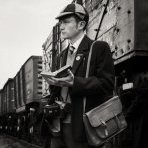
Fav AI outcome out there...
newfoundmass reacted to BTM_Pix for a topic
My favourite AI outcome would be for it to fuck right off.1 point -
i mean the fairly obvious answer to the question is quality of light. other than the second to last set just generally being too dark and contrasty, you can just tell by the highlights hitting the road and the sharp shadows that you're dealing with very hard light. during sunset, the sun becomes a way softer source, which is why everything suddenly looks way nicer. compare your references: Perfect Days (which is btw set in Tokyo lol): the first still has fairly harsh sunlight, but that creates that fun tree shadow on the toilet. all of the other stills you chose from the movie are during overcast weather where the sun is naturally diffused and gives you a more low con look. The last medium close still from Kill Bill is a great example tbh. Do you think it looks natural? Because to me that super harsh light hitting the background dunes and car certainly doesn't, if the light that's hitting the actor is modified to such a softened and bounced back degree. the matrix: tiny bits of hard light as edge lights around the character, but everything else is lit super soft, and some intended contrast ratio. same thing with the killer. Super soft first still, the virtual paris background has some harshness but our character is in silhouette in the second, and the last one is mainly soft, but has a hard edge light on the side. i like this one, but i dont like how hot the highlights are on the right side. i would either try to power window the exposure down there, or use a diffusion filter for blowing these highlights out and making them feel a bit magical. you can see some great examples of that in wong kar wai's films. up the exposure and lower contrast slightly on that second to last set, try to power window whatever's distracting to curate the viewer, and they'll look pretty decent. this is what i can do with about 10 minutes of work by putting your thumbnails in resolve. basic fixes for legibility, but still going for contrast:1 point
-
First day out shooting in Seoul. Here are some images. These are all frame-grabs, were ETTR, had a look put over them with Resolve FLC plugin, and I adjusted exposure on each (and contrast on the odd one or two) and that's it. I'm sure I will finesse them once I start editing for real, but this is essentially just looking at my dailies. Setup is incredibly easy to use thanks to the huge DR, AF is super-snappy, the 14-140mm zoom gives so much flexibility and I'm finding I'm using the long end a lot more than I thought I would. I'll post some video footage of it later, but I'm also finding that I can hand-hold at 140mm (280mm FF equivalent) and with the OIS + IBIS working together get almost no movement in the frame at all, and with a slight crop in post I'd get locked-off images. At anything below 80mm or 100mm the frame is locked and won't need any stabilisation in post. Incredible results.1 point
-
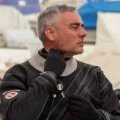
[documentary] Linx by Laurent Geslin
filmmakereu reacted to Davide DB for a topic
Yesterday I watched on Sky TV the documentary Linx, a French-Swiss documentary released in January 2022, shot and directed by Laurent Geslin. It follows a lynx family in the Jura Mountains and reveals the hidden life of this elusive feline. https://mulderville.net/en/news/5009/lynx-interview-with-director-laurent-geslin Geslin is fascinated by all wildlife but was particularly drawn to the lynx due to its rarity and symbolism. Living near the Jura Mountains, he found it meaningful to focus on a local predator rather than traveling abroad. The lynx, reintroduced in the area to help control herbivore populations, represents successful coexistence between humans and nature. While he has photographed many animals (including urban foxes), making a film was a new challenge. Film allows him to tell stories in ways still photography can't. The transition required adapting techniques, such as anticipating and building cinematic shots rather than capturing single moments. He already published a photographic book about the linx. Finding and filming a wild lynx was incredibly difficult—he once spent eight months without a sighting. Lynxes are elusive and mostly nocturnal. He used lightweight gear for mobility in the mountains and learned to read animal behavior over time. All footage in Lynx features truly wild animals in their natural environment—no trained animals or artificial setups. Geslin emphasizes that the authenticity took years to achieve. Geslin hopes viewers understand the lynx’s vital ecological role. As a top predator, the lynx helps control herbivore populations, which in turn protects young forests. He sees the lynx as the “keystone” of forest health and aims to raise awareness about the importance of preserving such species. The cinematography of the film is very beautiful. It is not cinematic in the strict sense. It has a very very natural look. The documentary has a distinctly European style that I prefer. There are no cumbersome hosts, no one is pretending to risk their lives to film the animals. No spectacularization. There is very sparse voice over and lots of natural sounds, ASMR style. I would have liked to see it in the cinema. Geslin appears in Nikon magazines and I became curious about the equipment used. In all the interviews he tells about the enormous effort of following these animals for two years. I couldn't find direct references to the equipment used (I have great difficulty with the French language) then by chance I came across some short shorts on his YouTube channel and a Lumix appeared. I can't tell if in a photo it is a GH5S and the other one it's a Lumix FF. If he really shot everything with Lumix cameras, I think yes yet another demonstration of what can be done with these cameras in a genre (wildlife) almost totally monopolized by Red. Regardless of the camera used I absolutely recommend viewing.1 point -
Part 2... how did I get here? I've written about this previously, but the summary is that I went through a sequence of trial and error, continually bumping up against the limits of the hardware, the software, my skill, and mindset. Setup: GH5, fast manual-focus primes I shot a bunch with the GH5 and a set of very fast MF primes. I chose this setup as it had 10-bit LOG, IBIS, and the fast primes gave good low-light and some background blur. I knowingly sacrificed AF, essentially swapping a fast / accurate / robotic AF for a slow / human / aesthetically-appropriate focusing mechanism. The MF worked, but not always (especially for my kids, who wait for no-one), and took time and effort to operate the camera away from the things that literally every other crew member does on set. The 10-bit LOG worked, but wasn't a properly supported LOG profile so didn't colour grade flawlessly in post. The primes provided the low-light and shallow-DoF but the shots I missed because I couldn't change lenses fast enough were more valuable in the edit than having shallow-DoF. The DR was lacking. Setup: GX85 with 12-35/2.8 I owned the GX85 and 12-35mm zoom, so I did some testing. I loved the speed of AF-S, and the deeper DoF meant that the number of shots unusable due to missed focus dropped to almost zero. I tested it with low-light and for well-lit night-time areas, like outdoor shopping malls, it was sufficient. The Dual IS (IBIS + lens OIS) was absolutely spectacular and a welcome addition, and having a zoom made me realise why doco and ENG shooters have them as standard issue. The DR and 709 profile was a real limitation though, and I really felt it in the grade. It was around this time I figured out proper colour management, and the Film Look Creator was released. These made a huge boost to grading the GX85, despite its 709 profile. The mindset shift The fundamental pivot was in mindset. As social media became faster and more showy, I noticed the gulf between it and 'real' film-making more and more. I went minimalist, thinking more and more about the days before digital where the process was to shoot as best you could, cut it, do sound-design, and that was it. The focus was on what was in-front of the camera, how the cuts made you feel, and sound design that supported that vision. Even those shooting docs on 16mm film could make magic. Without throwing away the baby with the bathwater, I decided to re-focus. To shoot what I could shoot, to learn to cut with feeling, and to simulate a film-like colour grading process where the look was applied and only very basic adjustments were made. Setup: OG BMMCC with 12-35/2.8 I owned these already, and on my last trip to South Korea I took these as well as the GX85. My shooting moved from shooting people I knew to shooting more general scenes, giving me more time and taking the time pressure off. The setup was large (comparatively!) and very slow to work with, but it validated my mindset shift. The images were organic and rich, but in a way that drew you into their contents, rather than towards the medium. The DR was finally sufficient, and the colours were delightful. But the monitor wasn't bright enough, the lack of IBIS meant that the OIS stabilised tilt and pan but not roll, so the images all needed to be stabilised in post, but had roll motion blur due to the 180 shutter. The low-light wasn't ideal either, even with fast lenses. The moire from the 1080p sensor was real and ruined shots. I also got a lot more comfortable shooting in public with a more visible camera setup. New Setup: GH7 with 14-140 and 12-35..... So what I wanted was the best of all worlds. Dynamic range. I knew the OG BMMCC and OG BMPCC were the same/similar sensor, and I knew the GH7 had more. What I didn't expect was how much more that would be in real life. Here's a high DR scene from Monday. Here it is without the FLC, which I set to add contrast. Now with the shot raised by 3 stops. Notice the detail in the railings and under the eves on the right. Now with the shot lowered by 3 stops. Notice that the roof, and even the body of the car are still not clipped, with the only clipping being the sun reflecting off the car window. In grading, there is more DR than you can fit in the DR of the final shot - assuming you haven't developed Stockholm Syndrome for your LOG footage that is. Low light. I had previously established that the GX85 and 12-35mm F2.8 were good enough for well-lit night locations. I also knew that the BMMCC at ISO800 and the 12-35mm F2.8 set to a 360 shutter was good enough for semi-well-lit night locations. I also knew that the BMMCC with my 50mm F1.2 lens was passable at the darkest scenes I shot in Korea - which were from the hotel window at night. I've compared the GH7 vs the GX85 and BMMCC and the noise profiles are all very different, but I concluded that the GH7 had probably 2-4 stops of advantage over those. This means that I might be able to shoot well-lit night locations with the 14-140mm lens, and might be able to shoot from the hotel window at night with the 12-35mm lens. I'm still contemplating if I should take my F1.2-1.4 primes on my up-coming trip, but if I don't I'll still be able to shoot 99% of what I want to with the zooms. Camera size. Perhaps the only drawback when compared to my previous setups. I'll be taking the GX85 and 14mm F2.5 pancake lens as the pocketable tiny camera. This combo is no slouch by itself, so although it lacks some of the specs from more serious cameras, it is easily in the capable category, especially when helped by Resolve+FLC and from a shoot-cut-sound-publish mindset. Absolute speed. When it comes to absolute speed, nothing beats a smartphone, which is always in your pocket, can be pulled out and rolling in seconds. This is also a serious tool when combined with Resolve+FLC and a shoot-cut-sound-publish mindset.1 point


